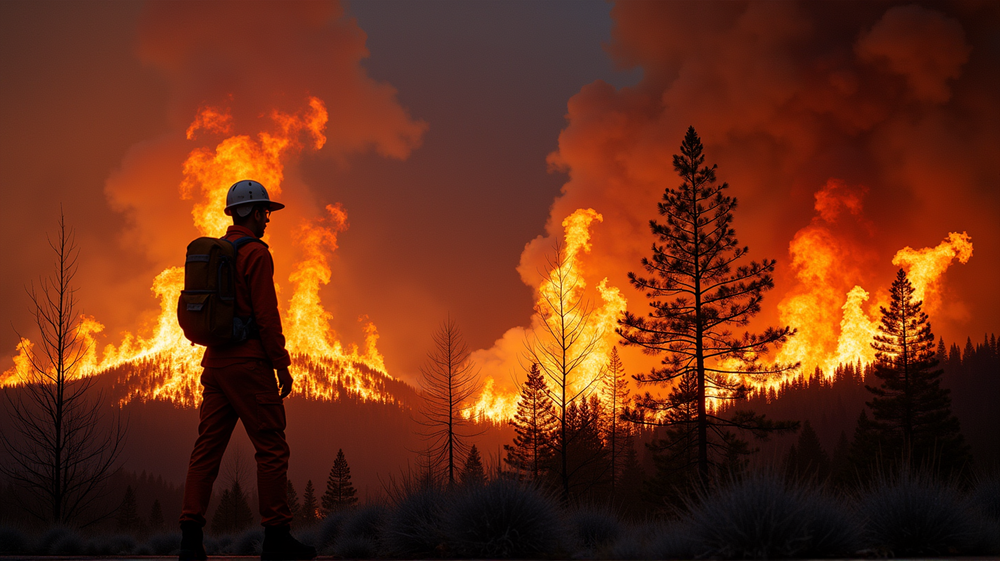AI's New Role: NASA Grant Sparks Innovation at CSU LA for Wildfire Detection
In the face of recurring natural disasters, the battle to tame the ferocious wildfires of Los Angeles takes a pivotal turn. Powered by a new $1.4 million grant from NASA, researchers at California State University, Los Angeles, are spearheading the creation of an artificial intelligence-based wildfire detection system that could mark a new era in disaster management.
Forging Ahead with AI
The ambitious endeavor, led by Mohammad Pourhomayoun, the director of the AI and data research lab at CSU LA, in partnership with NASA, represents a giant leap forward. By tapping into AI and leveraging satellite data, Pourhomayoun and his dedicated team aim to build a system known as the Earth System Digital Twin. This innovative tool is poised to empower first responders with real-time insights and predictive capabilities.
Aiding Our Heroes
Pourhomayoun, inspired by the courage of firefighters and first responders, asserts, “I can at least create a system that can help them—that can support them.” The goal is to arm these everyday heroes with an AI tool that can forecast wildfire behavior and predict impacts on air quality. It’s a mission to make their challenging work not just safer but infinitely more effective.
A Community-Driven Initiative
Highlighting the gravity of recent wildfires, the Palladium and Eaton fires are etched into memory with immense losses: 31 lives, 16,000 structures, and up to $131 billion in damage. Against this backdrop, CSU LA steps up with a vision that transcends local boundaries, as Pourhomayoun optimistically suggests, “We will use it for the entire United States and entire North America later.”
The Role of Students
This technological quest is also a testament to educational empowerment. Cal State LA’s students, including masters student Bohdan Hrotovytskyy, are integral to this initiative. They illustrate how AI can process data with precision beyond human capabilities, spotlighting students’ essential contributions to groundbreaking technological advancements.
Building Resilience for the Future
The benefits of such a system could extend far beyond helping professionals in the line of duty. The implications encompass economic, health, and environmental impacts. Pourhomayoun affirms, “Developing a system that can prevent those kinds of disasters in the future can be really helpful.”
The road ahead is promising, and as these efforts gain traction with NASA’s backing, hope rises anew for communities across North America that echo the resolve to combat and prevent the devastation of wildfires. According to Spectrum News 1, the developing AI technology could be crucial for disaster-stricken areas seeking respite in an increasingly unpredictable climate.




